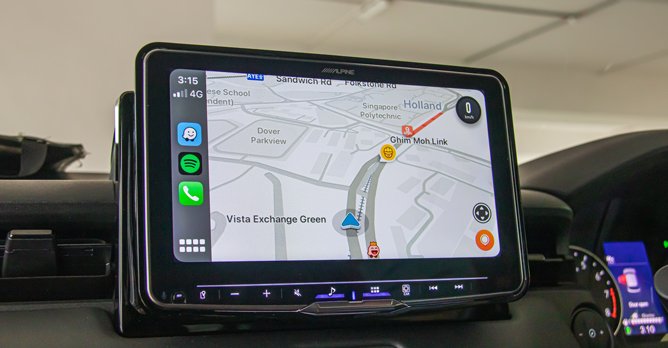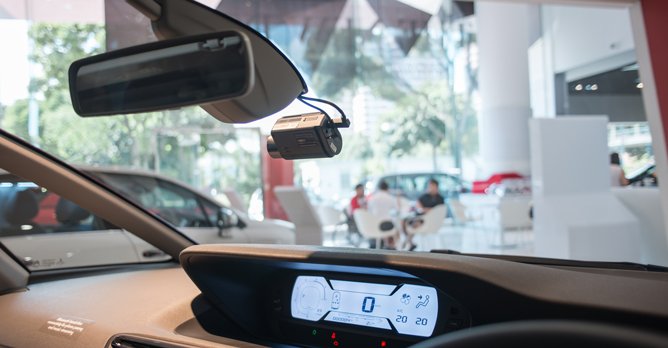Are you a new driver taking to the road? Read our helpful hints first!
25 Jul 2022|12,404 views
Newbie or newly minted drivers still have a lot to learn, and unfortunately many skills can only be mastered over time.
But that doesn't mean you'll only get better as the years go by. On the contrary, you can always start improving your driving skills by getting useful tips from more seasoned drivers.
While not always a substitute for actual experience, these helpful tips can nevertheless put you on the path towards becoming a better and safer driver.
Get a good grip
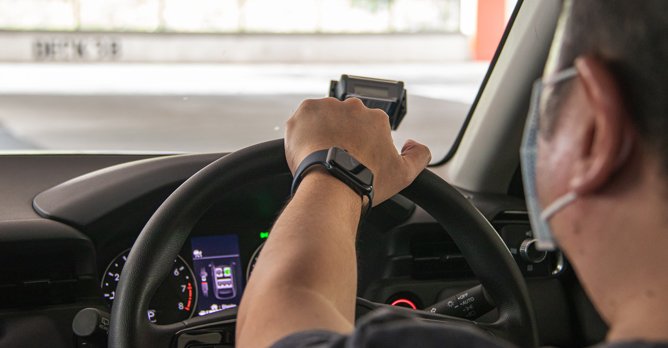
It's because these positions give you the best control over the steering wheel, should you need to make a sudden correction. Also, in the event that the car skids or slides, it's harder to regain control with just one hand.
Avoid driving with one hand. If you actually find this comfortable, your seating/driving position is probably incorrect.
Seating issues
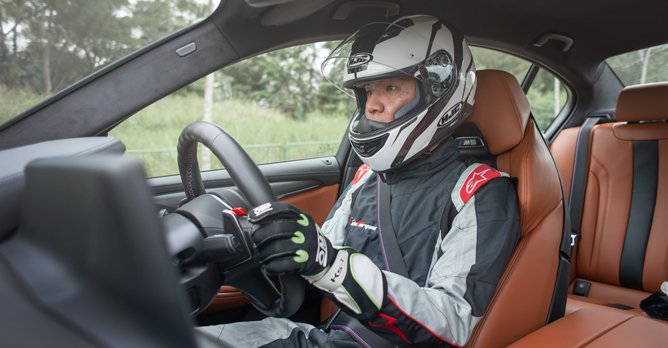
Set your seating position such that when you depress the brakes, you're actually using your leg muscles, and not just the foot muscles. In an emergency, you'll need all the pedal force you can muster.
Avoid hugging the steering wheel, as this could be painful in the event of the airbag deploying. Raise your seat if need be. It might seem cool to drive with the seat in the lowest possible height, but if you can't see the road, you're just asking for trouble.
Mind those mirrors
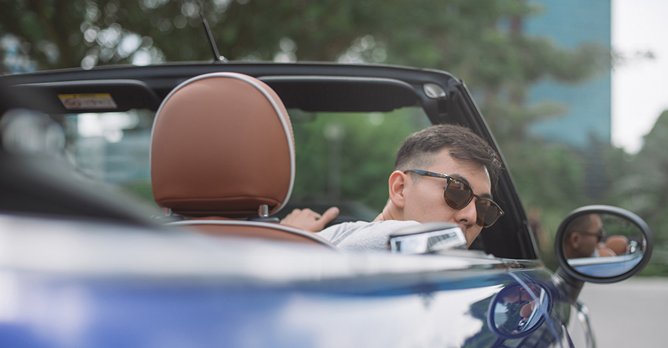
A good rule of thumb is to adjust the left and right wing mirrors such that just a bit of the car's body remains in view. This helps cover more of your blind spots.
For the rear view mirror, ensure that you can see the road behind, and that the horizon is somewhere in the middle. Some drivers prefer those oversized clip-on rear-view mirrors, but these prevent you from fully utilising the pull-down sun shades.
Navigation tools

For one, being overly reliant on your device means if anything goes wrong with it, be it a low battery or wonky app version, you might be stuck or end up driving in circles.
Speaking of which, navigation apps can also get the address wrong. Some may even ask you to take a longer route. The best way to avoid getting lost is to drive more and actually learn how to get to various places. That way, your memory can function as a backup.
Waze not always the way
If you're a new driver, you may have heard your friends tout its usefulness. Apart from suggesting the least-congested route (for the shortest travel time), Waze can warn you of road hazards and speed traps.
The thing is, because the app is reliant on user data/input, you can't ever be 100% sure that the information displayed is the most up-to-date. The servers could be slow. Your 4G or 5G connection could be slow.
Or perhaps the actual issue hasn't been reported yet. Don't take the chance to speed just because there's no indication of a police presence. Our men and women in blue won't always be conspicuous.
Silent witness
In-car cameras are everywhere today, but if your car doesn't have one or the one it has isn't working properly, get a new one installed right away.
We have all heard the horror stories of post-accident cases dragging on because of one or both parties have blamed the other. One of the best ways to counter such outrageous claims is to have evidence from a silent witness - the in-car camera.
Don't just install the camera and forget about it either. Learn how to download the footage, so you can do it when needed.
Want to upgrade your driving skills further? These stories might interest you
Helpful hacks for newbie drivers to improve safety
Five habits that good drivers possess
Five places where you absolutely shouldn't speed
Carparks in Singapore that P-plate drivers should avoid
Newbie or newly minted drivers still have a lot to learn, and unfortunately many skills can only be mastered over time.
But that doesn't mean you'll only get better as the years go by. On the contrary, you can always start improving your driving skills by getting useful tips from more seasoned drivers.
While not always a substitute for actual experience, these helpful tips can nevertheless put you on the path towards becoming a better and safer driver.
Get a good grip

It's because these positions give you the best control over the steering wheel, should you need to make a sudden correction. Also, in the event that the car skids or slides, it's harder to regain control with just one hand.
Avoid driving with one hand. If you actually find this comfortable, your seating/driving position is probably incorrect.
Seating issues

Set your seating position such that when you depress the brakes, you're actually using your leg muscles, and not just the foot muscles. In an emergency, you'll need all the pedal force you can muster.
Avoid hugging the steering wheel, as this could be painful in the event of the airbag deploying. Raise your seat if need be. It might seem cool to drive with the seat in the lowest possible height, but if you can't see the road, you're just asking for trouble.
Mind those mirrors

A good rule of thumb is to adjust the left and right wing mirrors such that just a bit of the car's body remains in view. This helps cover more of your blind spots.
For the rear view mirror, ensure that you can see the road behind, and that the horizon is somewhere in the middle. Some drivers prefer those oversized clip-on rear-view mirrors, but these prevent you from fully utilising the pull-down sun shades.
Navigation tools

For one, being overly reliant on your device means if anything goes wrong with it, be it a low battery or wonky app version, you might be stuck or end up driving in circles.
Speaking of which, navigation apps can also get the address wrong. Some may even ask you to take a longer route. The best way to avoid getting lost is to drive more and actually learn how to get to various places. That way, your memory can function as a backup.
Waze not always the way
If you're a new driver, you may have heard your friends tout its usefulness. Apart from suggesting the least-congested route (for the shortest travel time), Waze can warn you of road hazards and speed traps.
The thing is, because the app is reliant on user data/input, you can't ever be 100% sure that the information displayed is the most up-to-date. The servers could be slow. Your 4G or 5G connection could be slow.
Or perhaps the actual issue hasn't been reported yet. Don't take the chance to speed just because there's no indication of a police presence. Our men and women in blue won't always be conspicuous.
Silent witness
In-car cameras are everywhere today, but if your car doesn't have one or the one it has isn't working properly, get a new one installed right away.
We have all heard the horror stories of post-accident cases dragging on because of one or both parties have blamed the other. One of the best ways to counter such outrageous claims is to have evidence from a silent witness - the in-car camera.
Don't just install the camera and forget about it either. Learn how to download the footage, so you can do it when needed.
Want to upgrade your driving skills further? These stories might interest you
Helpful hacks for newbie drivers to improve safety
Five habits that good drivers possess
Five places where you absolutely shouldn't speed
Carparks in Singapore that P-plate drivers should avoid







